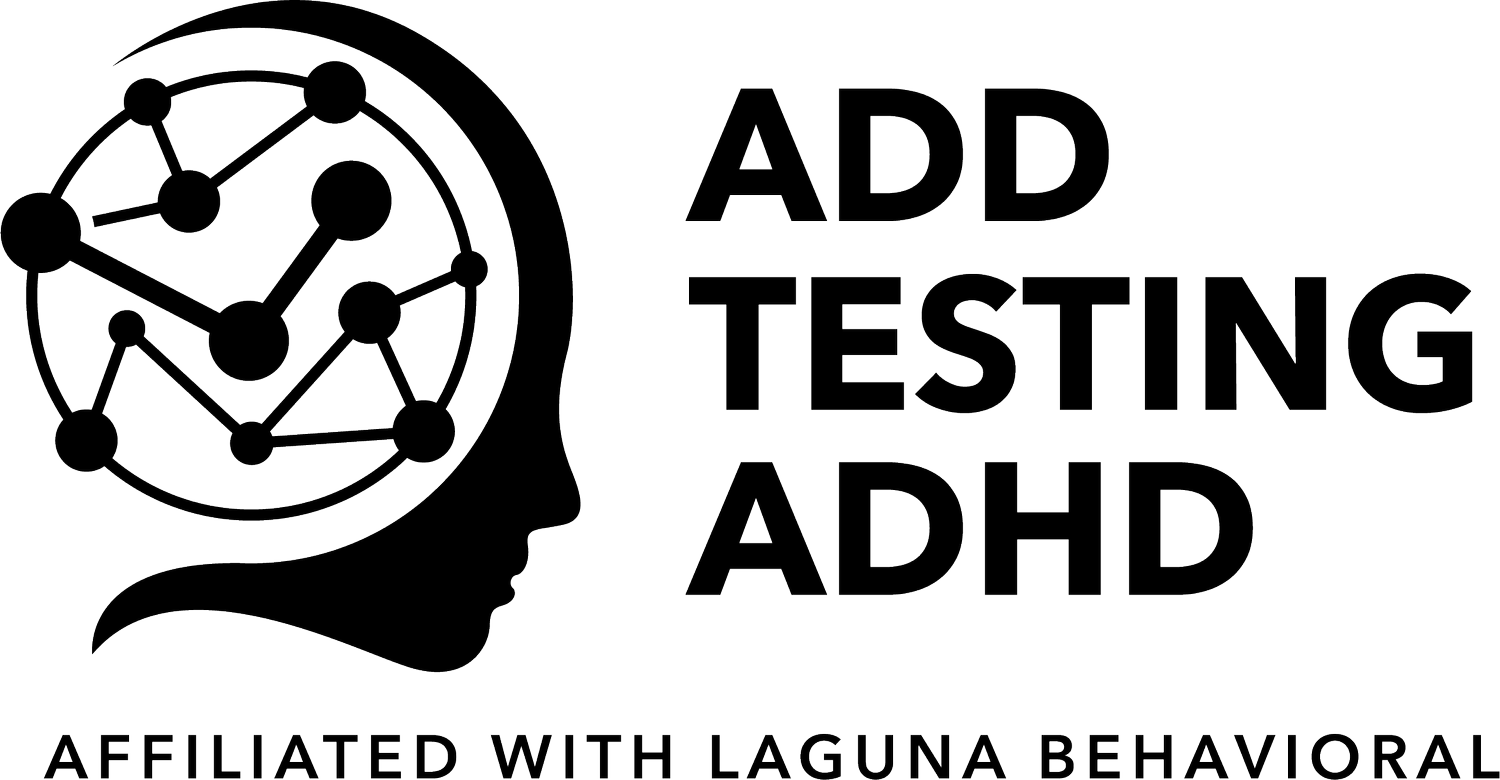Unraveling the Secrets: Exploring Baby Teeth Markers as Potential Clues to ADHD and Autism
Introduction: A recent article published by the American Psychological Association (APA) has shed light on a fascinating study that suggests baby teeth could hold valuable clues to understanding Attention-Deficit/Hyperactivity Disorder (ADHD) and Autism Spectrum Disorder (ASD). In this blog post, we delve deeper into this small but intriguing study, exploring the potential implications and insights it offers in unraveling the mysteries of these neurodevelopmental conditions.
1. Baby Teeth as Silent Storytellers: The study highlights the unique nature of baby teeth as valuable time capsules, providing a record of chemical exposures and biological changes during early development. Scientists have discovered that certain elemental markers, such as lead and manganese, found in baby teeth can serve as indicators of environmental exposures. By analyzing these markers, researchers aim to uncover potential links between environmental factors and the risk of ADHD and ASD.
2. Environmental Exposures and Neurodevelopmental Conditions: Environmental factors have long been recognized as potential contributors to the development of neurodevelopmental conditions like ADHD and ASD. The study suggests that elemental markers found in baby teeth can offer insights into prenatal and early postnatal exposures, including air pollution, heavy metals, and other environmental toxins. This research opens up new avenues for investigating how these exposures might influence the development and manifestation of ADHD and ASD symptoms.
3. Early Identification and Intervention: One of the most promising aspects of this study is the potential for early identification of individuals at higher risk for ADHD and ASD. By examining the elemental markers in baby teeth, researchers hope to identify specific patterns or signatures that could serve as early biomarkers. Early identification could facilitate timely intervention strategies and personalized support, enhancing the long-term outcomes and quality of life for children at risk.
4. The Need for Further Research and Validation: While the findings of this small study are intriguing, it is essential to recognize that more research is needed to validate and expand upon these initial discoveries. Larger and more diverse studies are necessary to confirm the reliability and predictive value of baby teeth markers in identifying ADHD and ASD risks. Additionally, it is crucial to explore the complex interplay between environmental exposures, genetic factors, and the development of neurodevelopmental conditions.
5. Ethical Considerations and Future Directions: As with any research involving human subjects, ethical considerations are paramount. Researchers must ensure the informed consent and privacy of participants, as well as address any potential stigmatization or unintended consequences that could arise from the use of baby teeth markers. Further studies should also explore the possibility of combining these biomarkers with other diagnostic tools to improve accuracy and provide a comprehensive understanding of ADHD and ASD.
Conclusion: The APA article highlighting the study on baby teeth markers opens up exciting possibilities for understanding the relationship between environmental exposures and the risk of ADHD and ASD. While it represents a small but significant step in the field, further research and validation are required to fully harness the potential of this approach. By continuing to explore the role of baby teeth as silent storytellers, we may uncover valuable insights that contribute to early identification, targeted interventions, and improved outcomes for individuals with ADHD and ASD.
DISCLAIMER: THIS BLOG POST IS BASED ON THE APA ARTICLE MENTIONED AND IS INTENDED FOR INFORMATIONAL PURPOSES ONLY. IT DOES NOT SUBSTITUTE PROFESSIONAL ADVICE OR DIAGNOSIS. IF YOU HAVE CONCERNS ABOUT ADHD, ASD, OR ANY OTHER NEURODEVELOPMENTAL CONDITION, PLEASE CONSULT WITH A QUALIFIED HEALTHCARE PROFESSIONAL FOR A COMPREHENSIVE EVALUATION AND PERSONALIZED GUIDANCE.